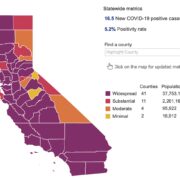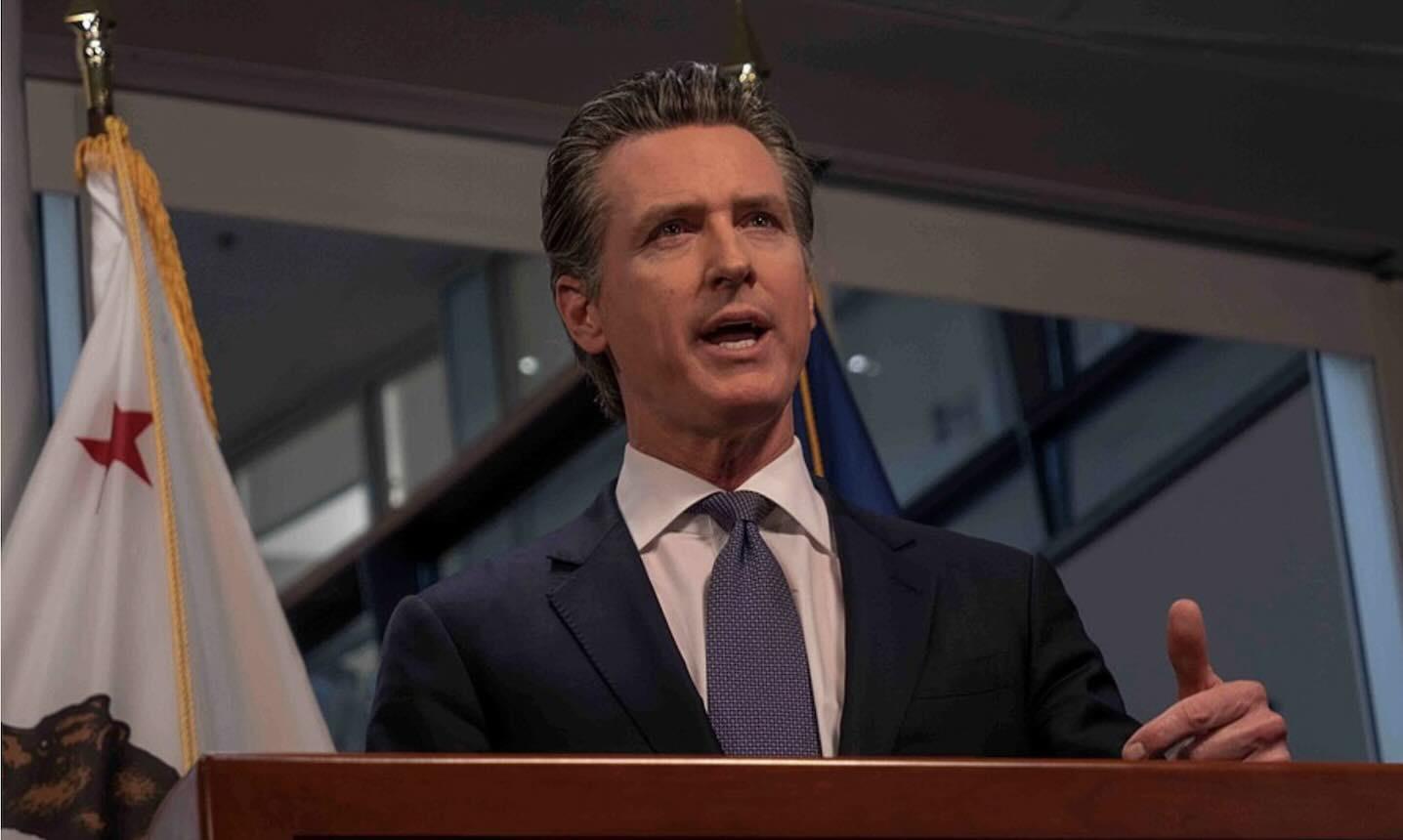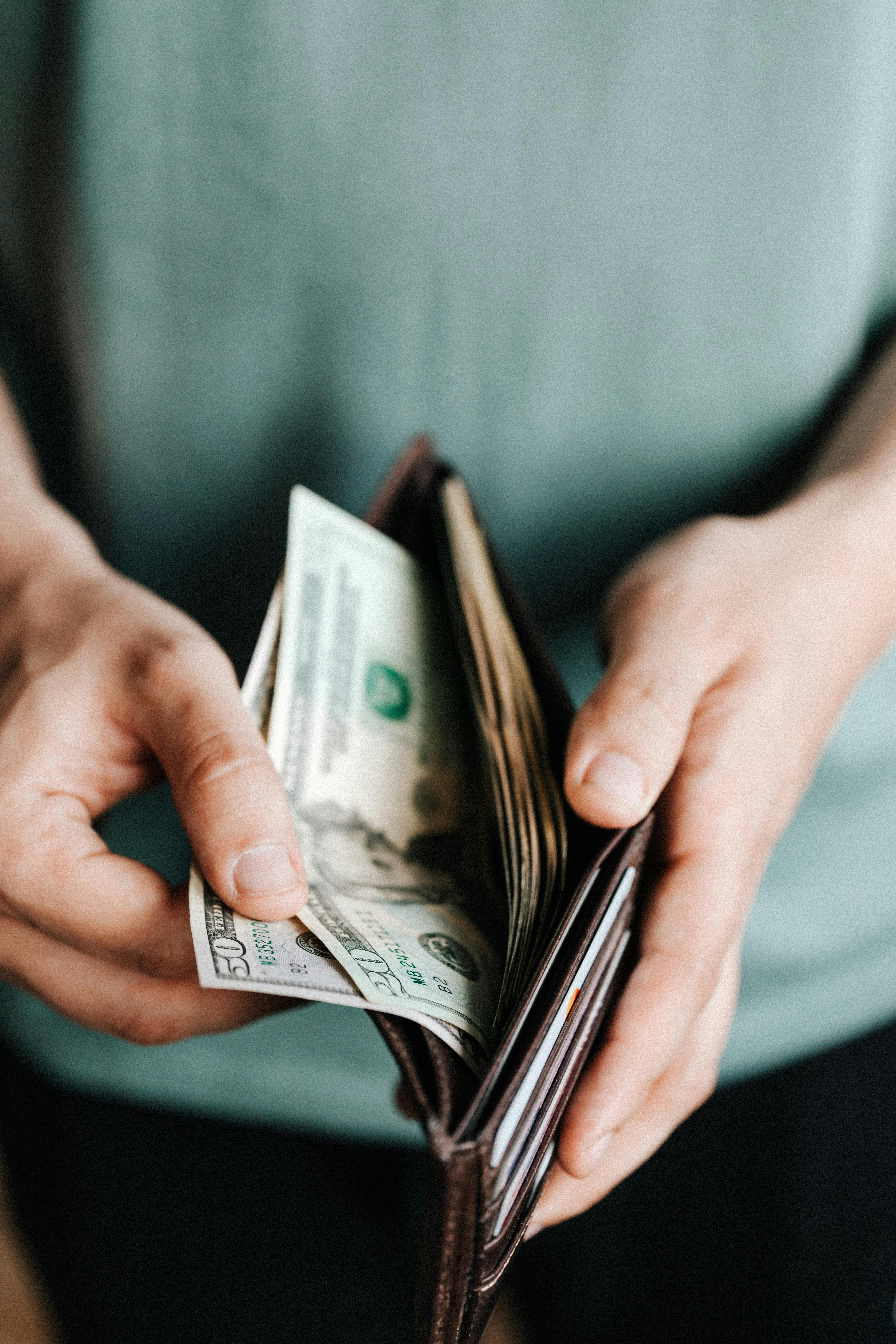 AS Los Angeles County’s curfew limiting nonessential activities after 10 p.m. began on Friday night, the state imposed a limited stay-at-home order for certain counties starting Saturday, November 21 to help slow the spread of COVID-19.
AS Los Angeles County’s curfew limiting nonessential activities after 10 p.m. began on Friday night, the state imposed a limited stay-at-home order for certain counties starting Saturday, November 21 to help slow the spread of COVID-19.
Earlier this week, LA County officials said that beginning Friday, Nov. 20, nonessential businesses like restaurants, bars, and retail stores must be closed from 10 p.m. to 6 a.m. They must also adhere to a 25% maximum capacity for indoor businesses and 50% capacity for outdoor.
County officials said that if more than 4,500 cases happen in a five-day period and hospitalizations reach 1,750 patients, all outdoor dining will temporarily shut down.
Following the county, Governor Gavin Newsom and the California Department of Public Health (CDPH) on Thursday, November 19, issued an order that generally non-essential work, movement and gatherings must stop between 10 p.m. and 5 a.m. in counties in the purple tier, the most restrictive level in the state’s reopening plan.
This comes as the state hit 1.072 million positive cases and 18,557 deaths as of Friday.
LA County confirmed 35 deaths and 4,272 new cases, bringing the total to 357,451 infections and 7,396 fatalities. The day before, the county hit 5,031 new cases of COVID-19, the highest number of daily cases it has recorded since march.
“The virus is spreading at a pace we haven’t seen since the start of this pandemic and the next several days and weeks will be critical to stop the surge. We are sounding the alarm,” Newsom said in a statement. “It is crucial that we act to decrease transmission and slow hospitalizations before the death count surges. We’ve done it before and we must do it again.”
The curfew applies to 41 of the 58 counties, where around 94% of Californians live. These include Sacramento, Fresno, Ventura, Santa Barbara, Los Angeles, Orange, San Bernardino, Riverside and San Diego.
The state’s order will take effect at 10 p.m. Saturday, November 21 and remain in effect until 5 a.m. December 21. This is the same as the March stay at home order, but applied only between 10 p.m. and 5 a.m. and only in purple tier counties that are seeing the highest rates of positive cases and hospitalizations.
This limited Stay at Home Order is designed to reduce opportunities for disease transmission. Activities conducted during 10 p.m. to 5 a.m. are often non-essential and more likely related to social activities and gatherings that have a higher likelihood of leading to reduced inhibition and reduced likelihood for adherence to safety measures like wearing a face covering and maintaining physical distance.
“We know from our stay-at-home order this spring, which flattened the curve in California, that reducing the movement and mixing of individuals dramatically decreases COVID-19 spread, hospitalizations, and deaths,” said California Health and Human Services Secretary Dr. Mark Ghaly. “We may need to take more stringent actions if we are unable to flatten the curve quickly. Taking these hard, temporary actions now could help prevent future shutdowns.”
COVID-19 case rates increased by approximately 50% in California during the first week of November. As a result, Governor Newsom and California’s public health officials have announced a list of measures to protect Californians and the state’s health care system, which could experience an unprecedented surge if cases continue their steep climb.
On Monday, November 16 the state pulled an emergency brake in the Blueprint for a Safer Economy putting more than 94% of California’s population in the most restrictive tier. The state will reassess data continuously and move more counties back into a more restrictive tier, if necessary. California is also strengthening its face covering guidance to require individuals to wear a mask whenever outside their home, with limited exceptions.
Late last week, the state issued a travel advisory, along with Oregon and Washington, urging people entering the state or returning home from travel outside the state to self-quarantine to slow the spread of the virus. The travel advisory urges against non-essential out-of-state travel, asks people to self-quarantine for 14 days after arriving from another state or country, and encourages residents to stay local.






